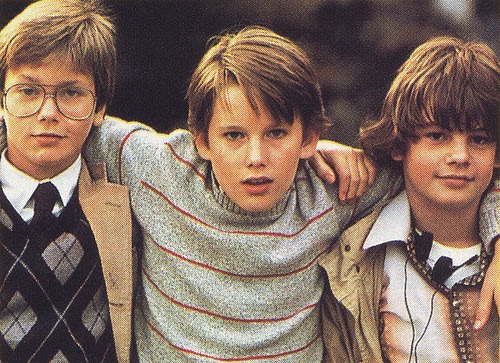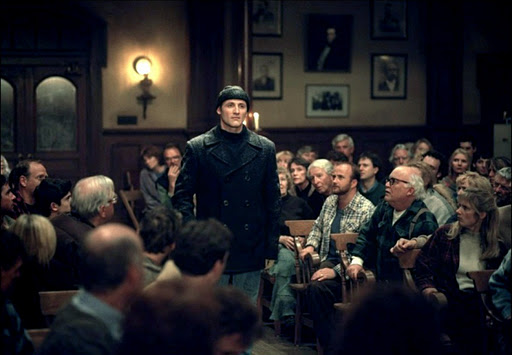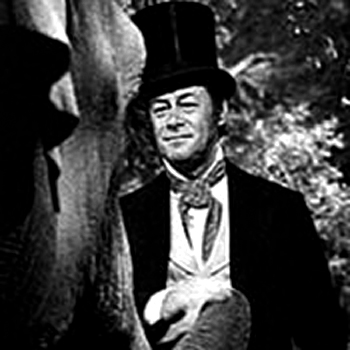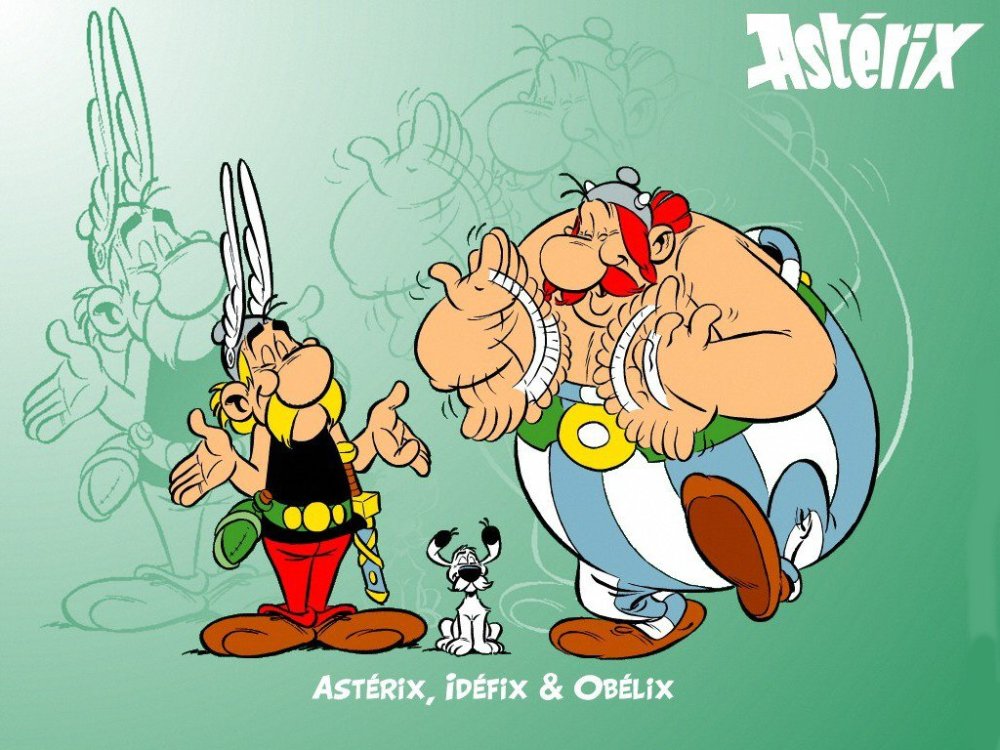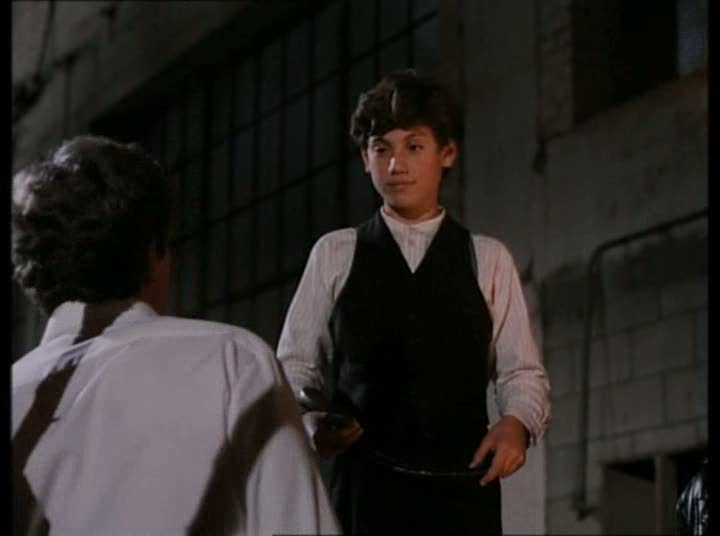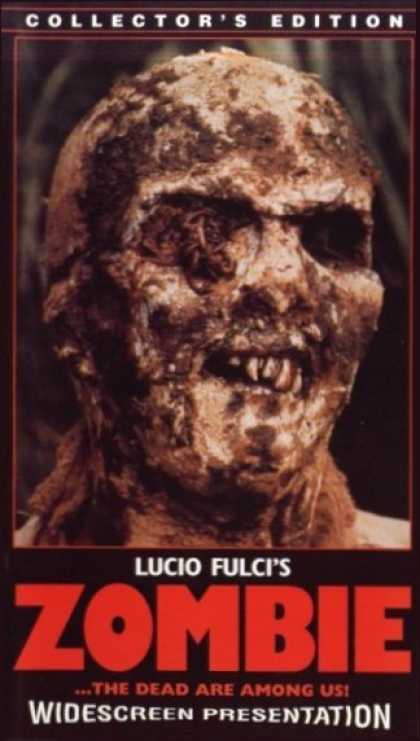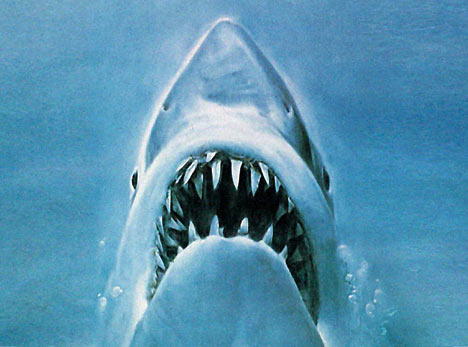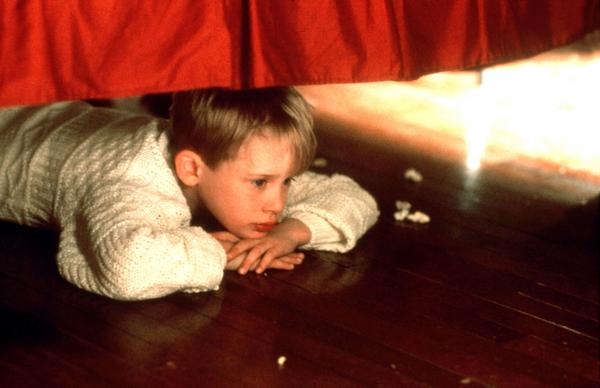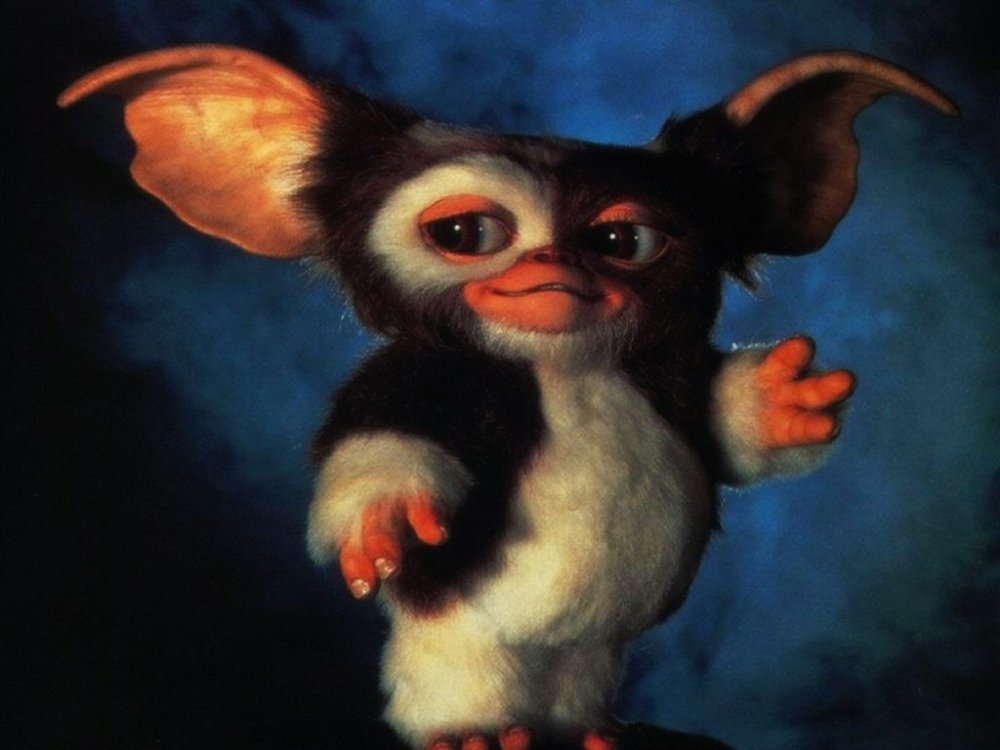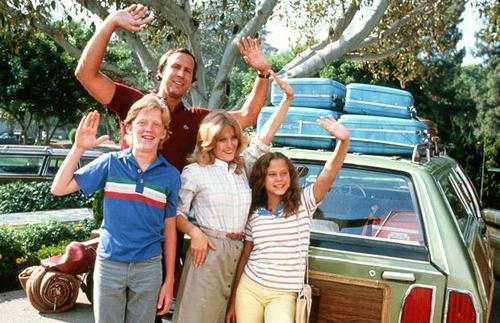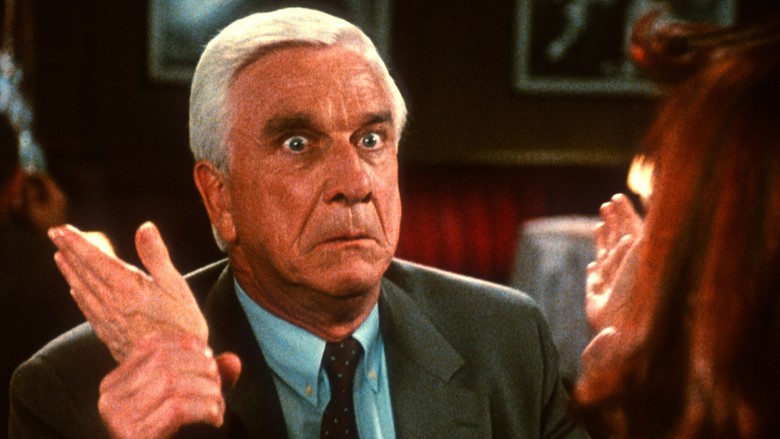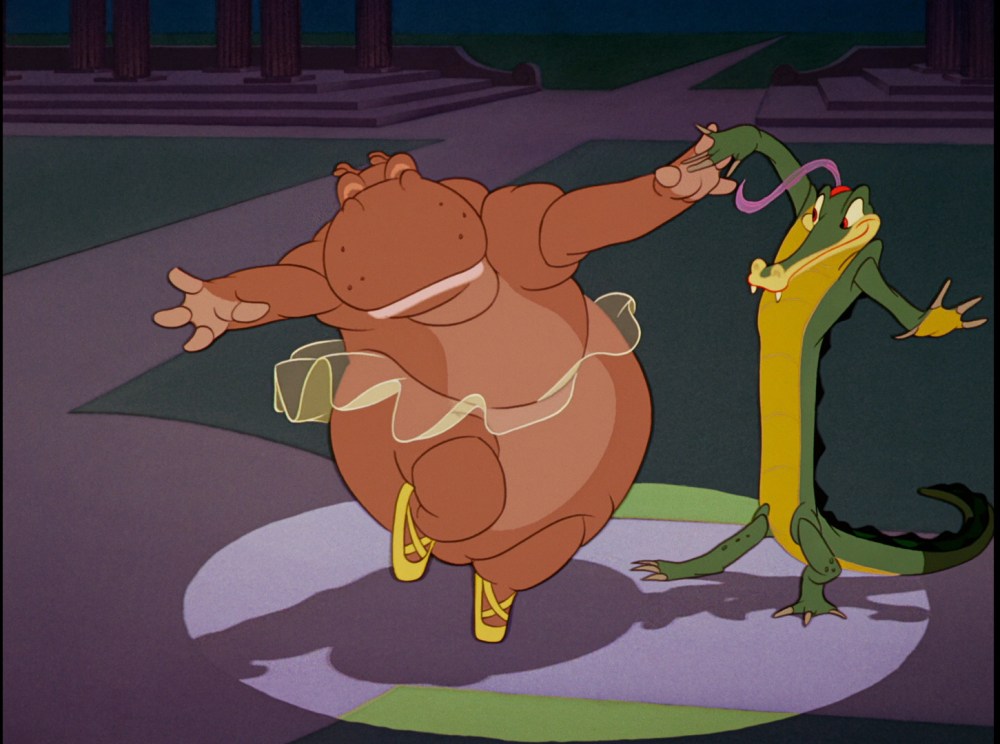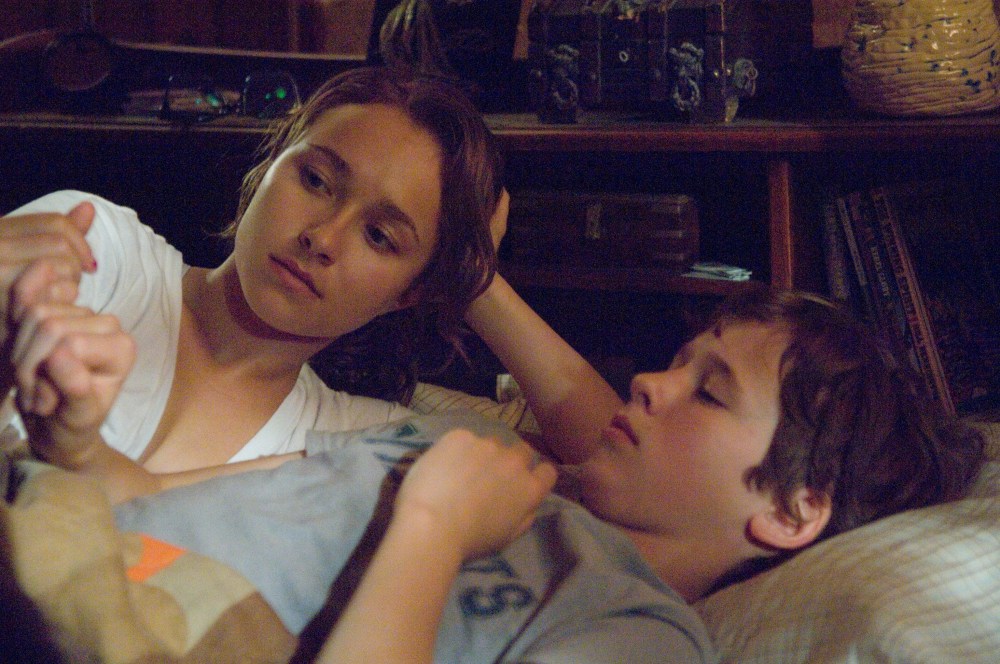2011 BAM Award Nominations
Winners will be announced on Wednesday, January 4th.
Best Picture
The First Beautiful Thing
Harry Potter and the Deathly Hallows, Part 2
Hugo
In a Better World
Super 8
Terri
Toast
The Tree of Life
War Horse
Winter in Wartime
Best Director
J.J. Abrams Super 8
S.J. Clarkson Toast
Martin Koolhoven Winter in Wartime
Paolo Virzì The First Beautiful Thing
Martin Scorsese Hugo
Best Actress
Bérénice Bejo The Artist
Elizabeth Olsen Martha Marcy May Marlene
Carey Mulligan Drive
Micaela Ramazzotti The First Beautiful Thing
Jeong-hin Yin Poetry
Best Actor
Matt Damon We Bought a Zoo
Jean Dujardin The Artist
Wagner Moura Tropa de Elite 2
Brad Pitt The Tree of Life
David Rasch Olhos Azuis
Michael Shannon Take Shelter
Best Supporting Actress
Anjelica Huston 50/50
Claudia Pandolfi The First Beautiful Thing
Sarah Paulson Martha Marcy May Marlene
Stefania Sandrelli The First Beautiful Thing
Octavia Spencer The Help
Best Supporting Actor
Ben Kingsley Hugo
Christopher Plummer Beginners
John C. Reilly Terri
Alan Rickman Harry Potter and the Deathly Hallows, Part 2
Irandhir Santos Tropa de Elite 2
Best Cinematography
Larry Fong Super 8
Eduardo Serra Harry Potter and the Deathly Hallows, Part 2
Stephanie Anne Weber-Biron Heartbeats
Robert Richardson Hugo
Janusz Kaminski War Horse
Best Makeup
Harry Potter and the Deathly Hallows, Part 2
Super 8
Tucker & Dale vs. Evil
Rammbock
Winter in Wartime
Most Overrated Picture
13 Assassins
Attack the Block
Certified Copy
Cold Fish
Don’t Be Afraid of the Dark
I Saw the Devil
Martha Marcy May Marlene
Melancholia
Trollhunter
Unknown
Worst Picture
11-11-11
Annelise: The Exorcist Tapes
Children of the Corn: Genesis
Creature
The Darkest Hour
Don’t Be Afraid of the Dark
Final Destination 5
The Thing
The Three Musketeers
The Wrong Ferrari
Most Underrated Picture
Battle: Los Angeles
Bereavement
Fireflies in the Garden
The Hole
Justin Bieber: Never Say Never
Red State
The Sitter
The Ward
Toast
Winter in Wartime
Best Original Screenplay
J.J. Abrams Super 8
Michel Hazanavicius The Artist
Benjamin Hessler Rammbock
Stevan Mena Bereavement
Paolo Virzì and Francesco Bruni and Francesco Piccolo The First Beautiful Thing
Best Adapted Screenplay
Marti Noxon and Tom Holland Fright Night
Steve Kloves and JK Rowling Harry Potter and the Deathly Hallows, Part 2
John Logan and Brian Selznick Hugo
Lee Hall and Nigel Slater
Toast
Mieke de Jong, Martin Koolhoven, Paul Jan Nelissen and Jan Terlouw Winter in Wartime
Best Editing
Job ter Berg Winter in Wartime
Mary Ann Brandon and Mary Jo Markey Super 8
Mark Day Harry Potter and the Deathly Hallows, Part 2
Thelma Schoonmaker Hugo
Hank Corwin, Jay Rabinowitz, Daniel Rezende, Billy Weber and Mark Yoshikawa The Tree of Life
Best Score
Stevan Mena Bereavement
Alexandre Desplat Harry Potter and the Deathly Hallows, Part 2
Howard Shore Hugo
Michael Giacchino Super 8
Jónsi We Bought a Zoo
Best Sound Editing/Mixing
Harry Potter and the Deathly Hallows, Part 2
Hugo
Super 8
Real Steel
X-Men: First Class
Best Visual Effects
The Adventures of Tintin
Harry Potter and the Deathly Hallows, Part 2
Hugo
Super 8
Real Steel
Best Cast
Harry Potter and the Deathly Hallows, Part 2
Hugo
Super 8
Toast
War Horse
Best Youth Ensemble
Chinmai Chandrashuh, Vedant Desai, Devji Handa, Rohan Grover, Naman Jain, Ifran Khan, Aarav Khanna, Shriya Sharma and Sanath Menon Chillar Party
Ellie Darcey-Alden, Ariella Paradise, Benedict Clarke, Alfie McIlwain, Rohan Gotobed, Arthur Bowen, Daphne de Beisetgui, Will Dunn, Jade Gordon, Bertie Gilbert, Helena Barlow and Ryan Turner Harry Potter and the Deathly Hallows, Part 2
Asa Butterfield, Chloë Grace Moretz, Gulliver Mcgrath, Shaun Aylward and Ed Sanders Hugo
Laramie Eppler, Tye Sheridan and Hunter McCracken The Tree of Life
Joel Courtney, Ryan Lee, Riley Griffiths, Gabriel Basso, Zach Mills, Elle Fanning Super 8
Best Performance by a Child Actress in a Leading Role
Elle Fanning Super 8
Bailee Madison Don’t Be Afraid of the Dark
Chloë Grace Moretz Hugo
AnnaSophia Robb Soul Surfer
Saoirse Ronan Hanna
Best Performance by a Child Actor in a Leading Role
Cayden Boyd Fireflies in the Garden
Asa Butterfield Hugo
Joel Courtney Super 8
Dakota Goyo Real Steel
William Jøhnk Nielsen In a Better World
Hunter McCracken The Tree of Life
Best Performance by a Child Actress in a Supporting Role
Landry Bender The Sitter
Celine Buckens War Horse
Olivia Crocicchia Terri
Elle Fanning We Bought a Zoo
Joey King Battle: Los Angeles
Best Performance by a Child Actor in a Supporting Role
Chase Ellison Fireflies in the Garden
Colin Ford We Bought a Zoo
Ryan Lee Super 8
Bill Milner X-Men: First Class
Bridger Zadina Terri
Best Art Direction
Anonymous
Detective Dee and the Mystery of the Phantom Flame
Hugo
Winter in Wartime
X-Men: First Class
Best Costumes
Drive
Hugo
Super 8
Terri
Toast
Best Foreign Film
The First Beautiful Thing
In a Better World
Olhos Azuis
In Their Sleep
Incendies
Rammbock
A Screaming Man
The Skin I Live In
Tropa de Elite 2
Winter in Wartime
Best Documentary
Bill Cunningham New York
Buck
Life in a Day
Justin Bieber: Never Say Never
Senna
Best Song
“Chatte Batte” Chillar Party
“Exploded Diaper” Löded Diper Diary of a Wimpy Kid: Rodrick Rules
“I Want Candy” Cody Simpson Hop
“Born to be Somebody” Justin Bieber Justin Bieber: Never Say Never
“Pictures in My Head” The Muppets
“Let Me Take You to Rio (Blu’s Arrival)” Ester Dean & Carlinhos Brown Rio
The Robert Downey, Jr. Award for Entertainer of the Year
The Ingmar Bergman Lifetime Achievement Award
Special Jury Prize(s)
The Harry Potter Franchise

